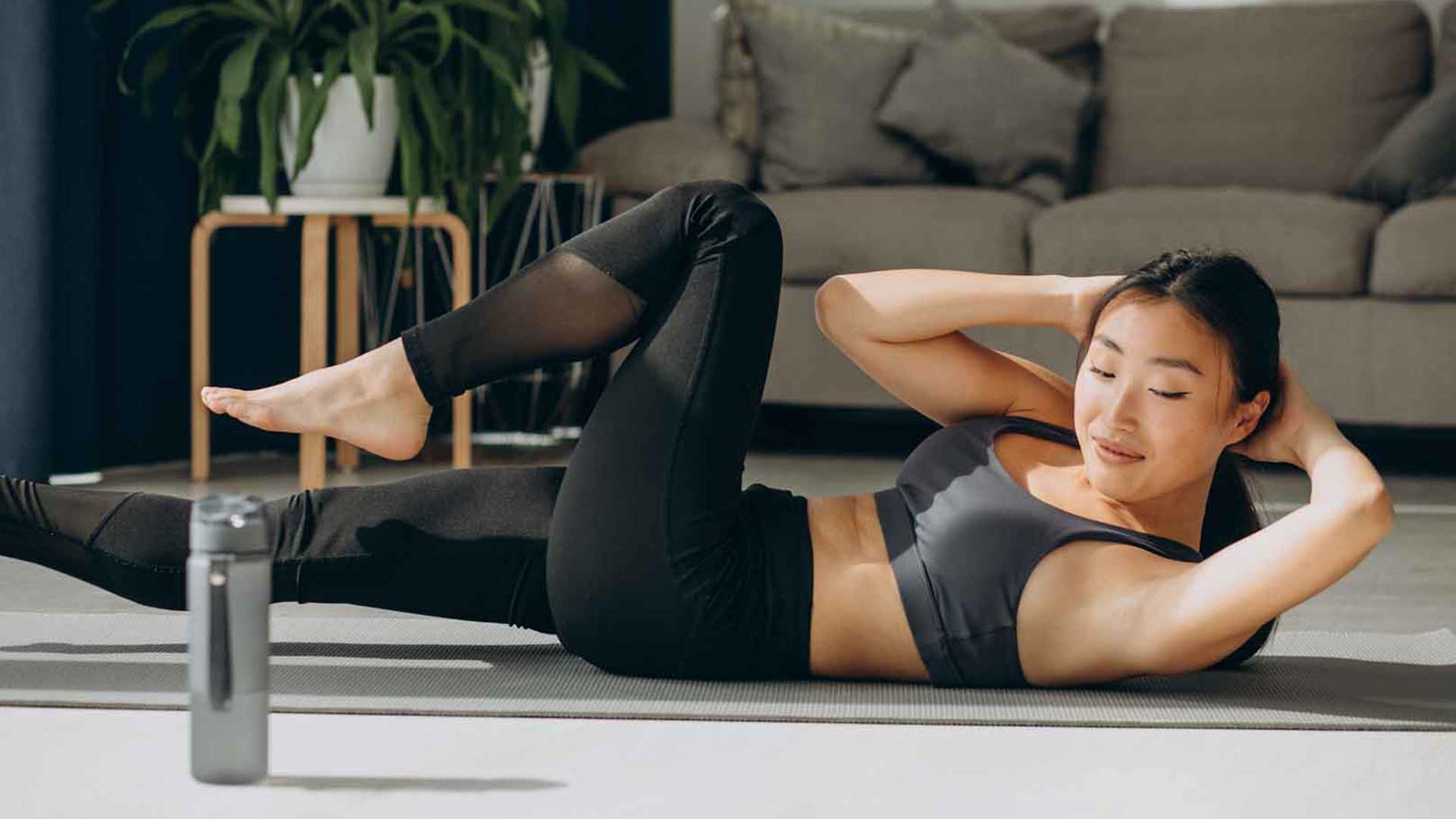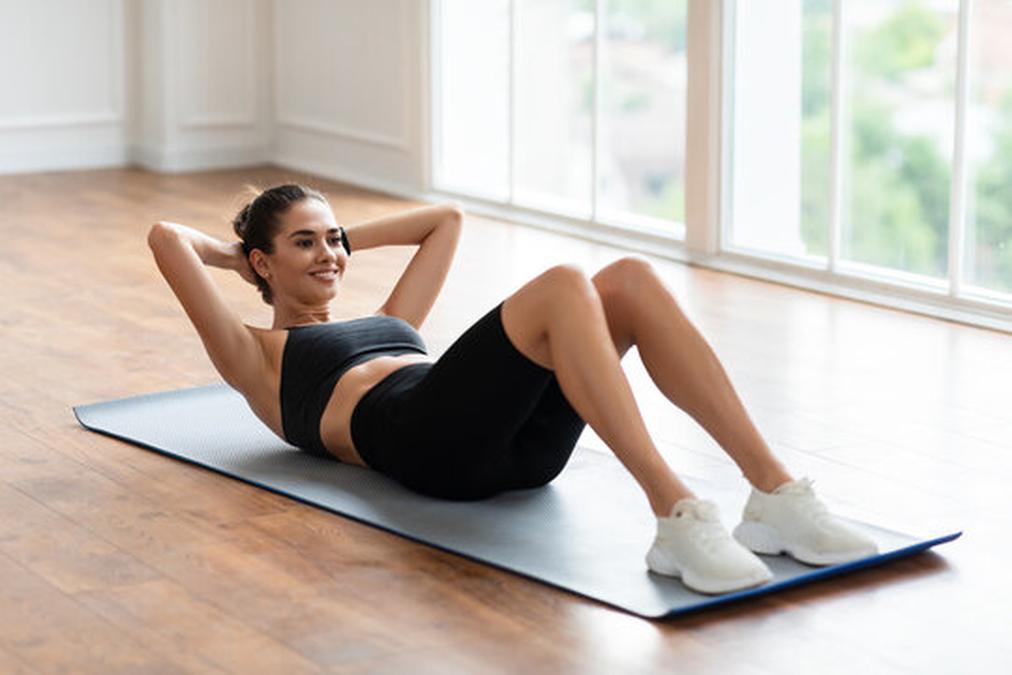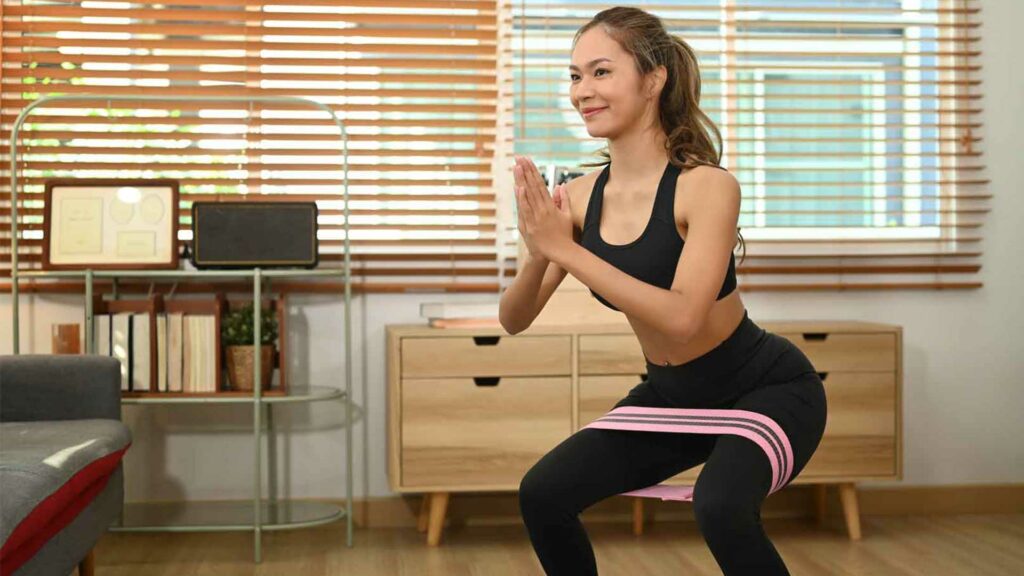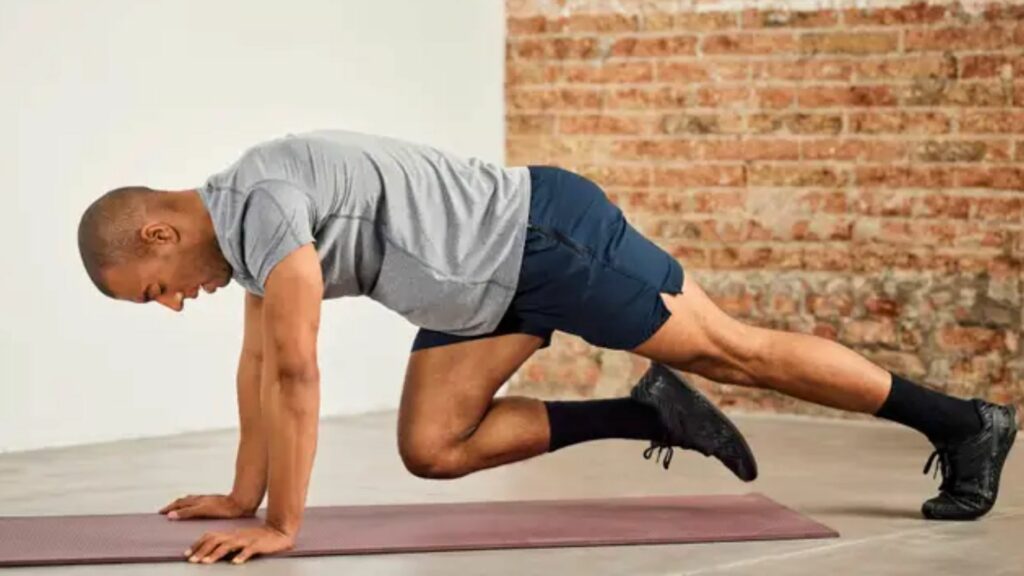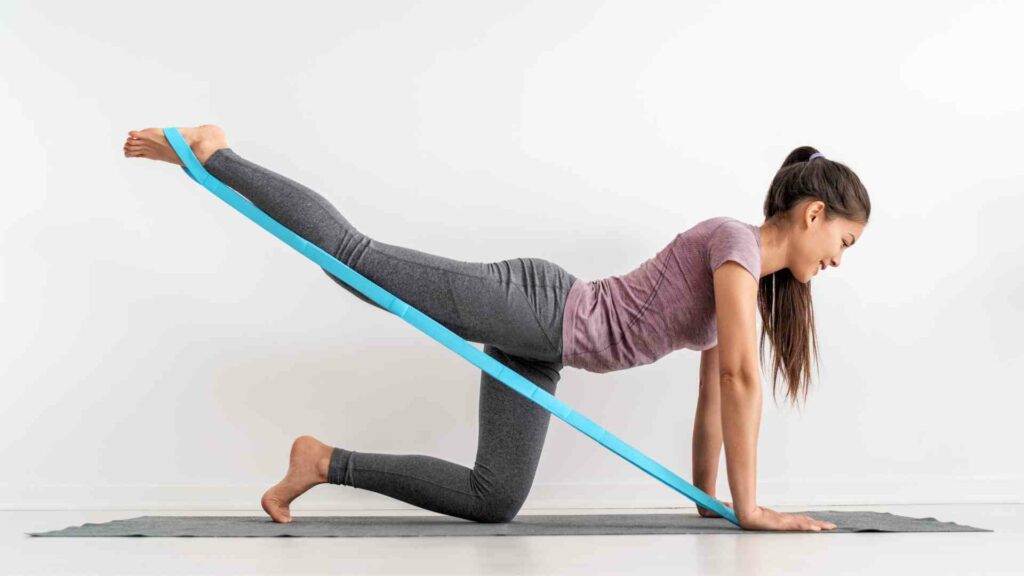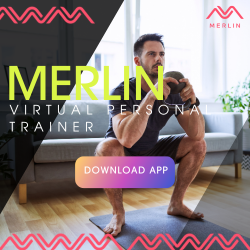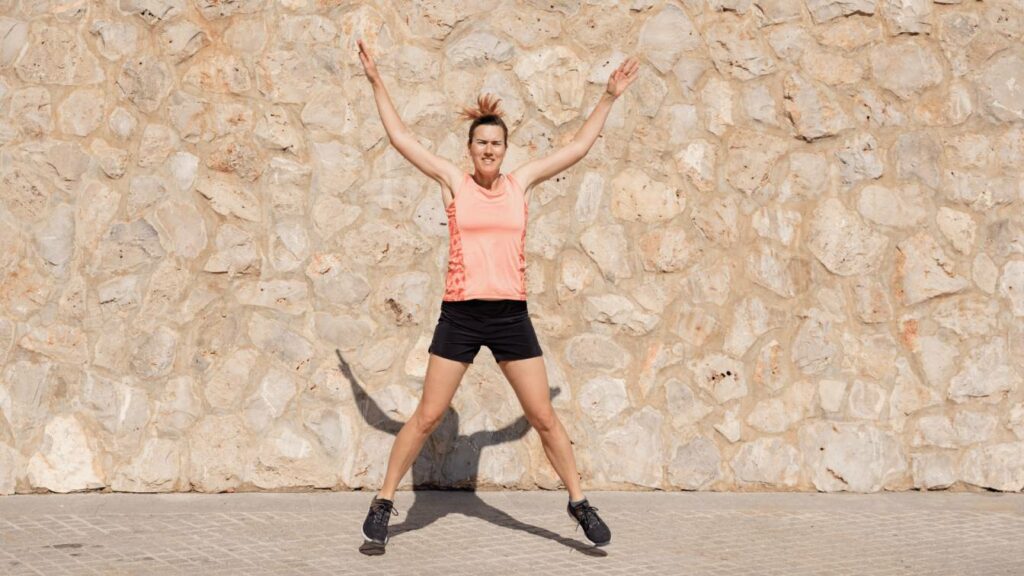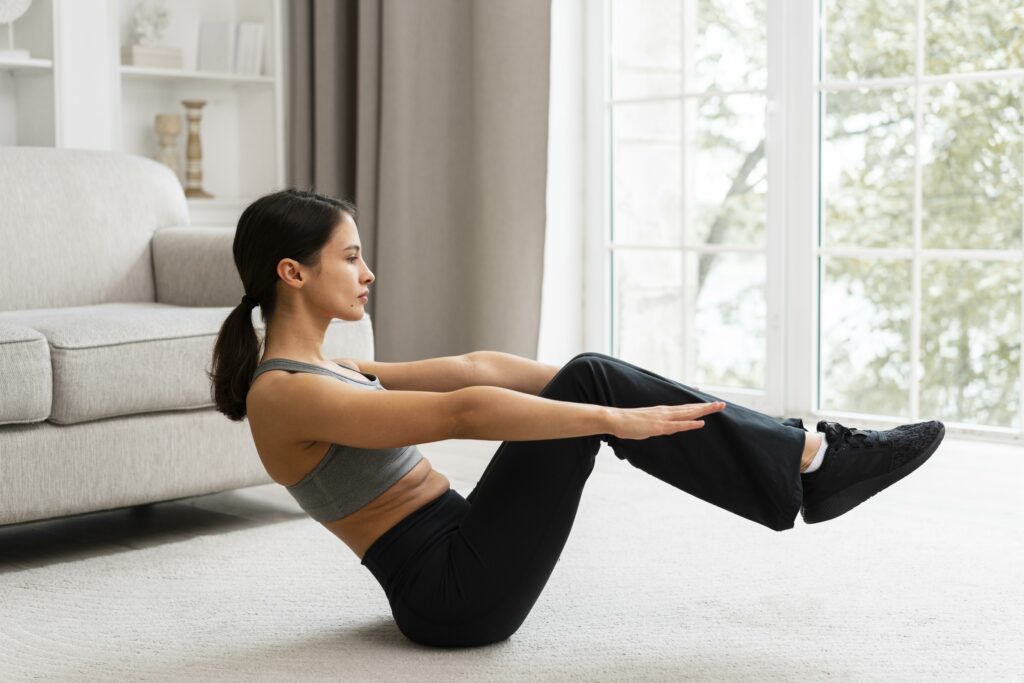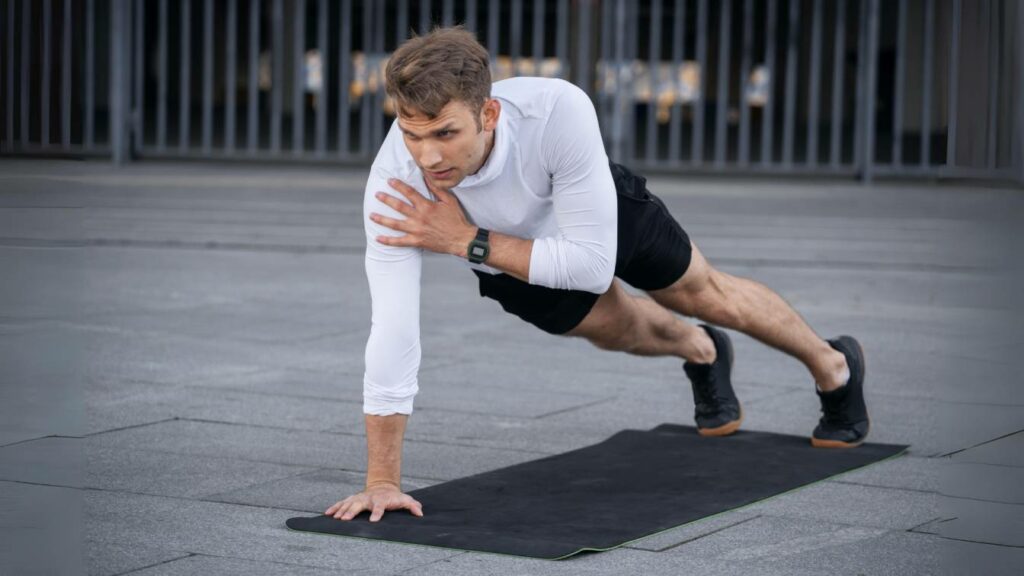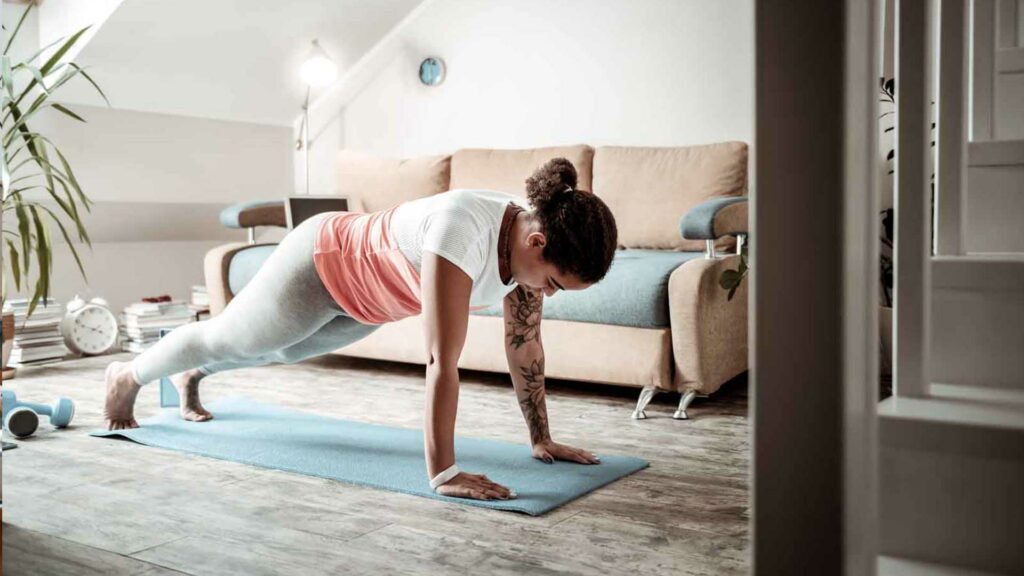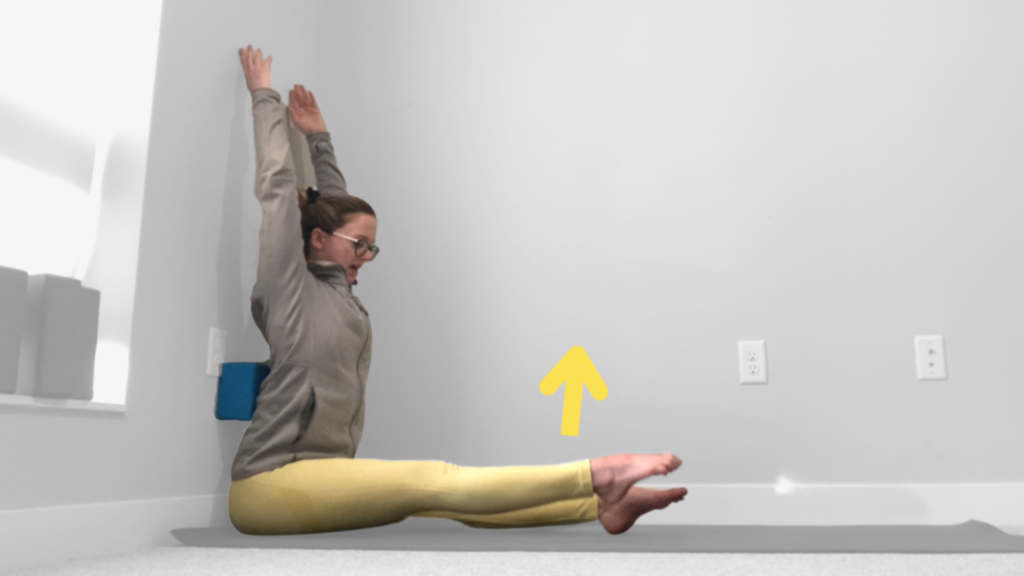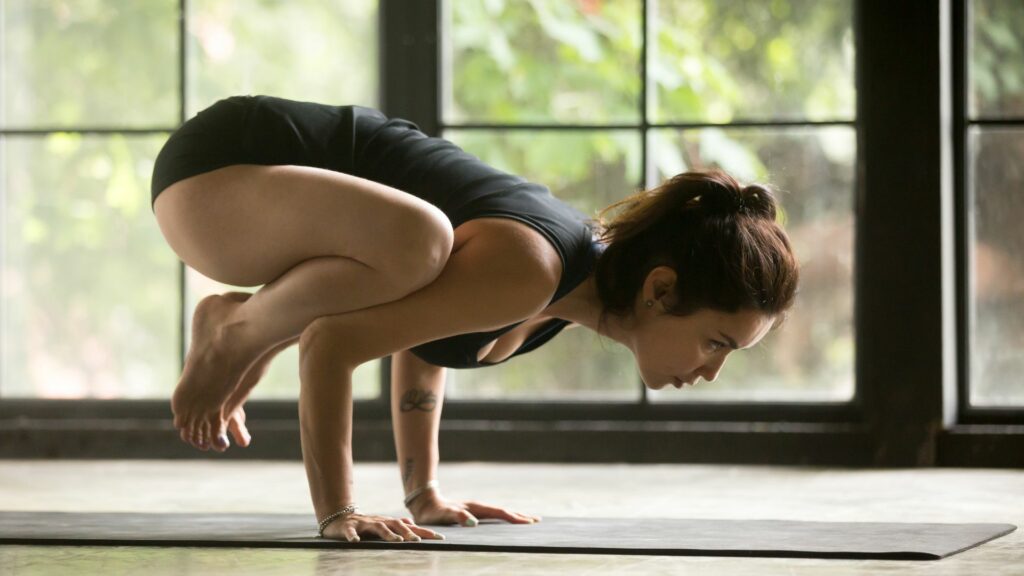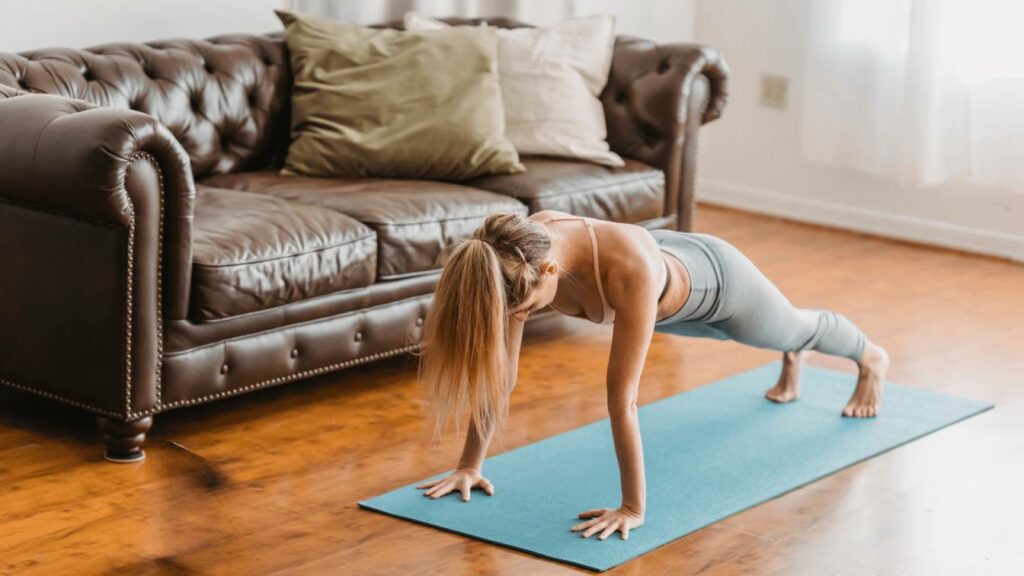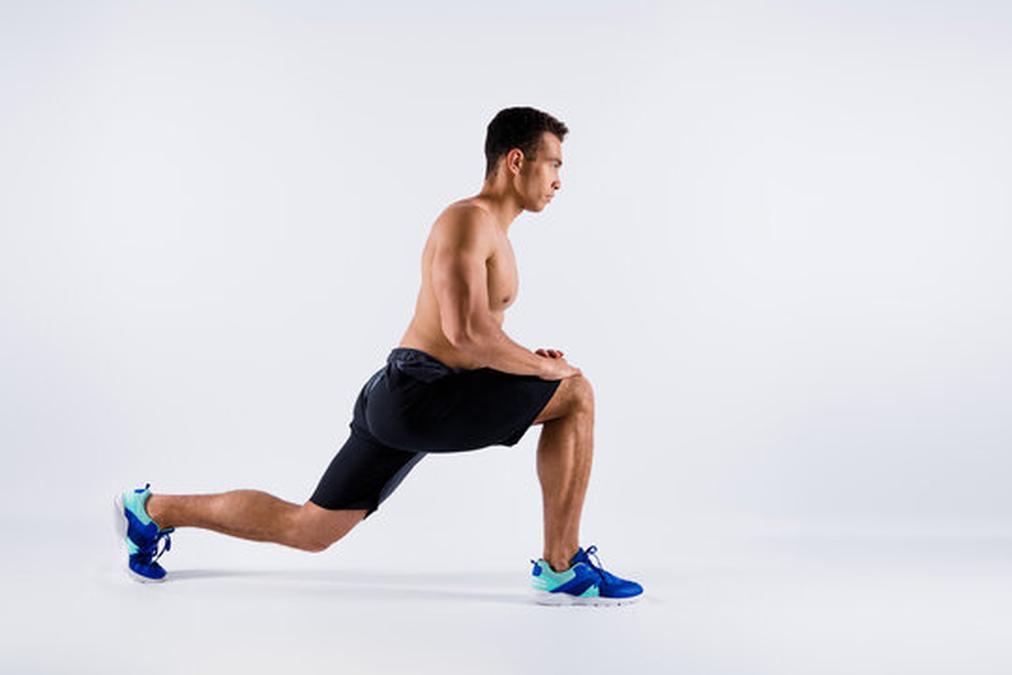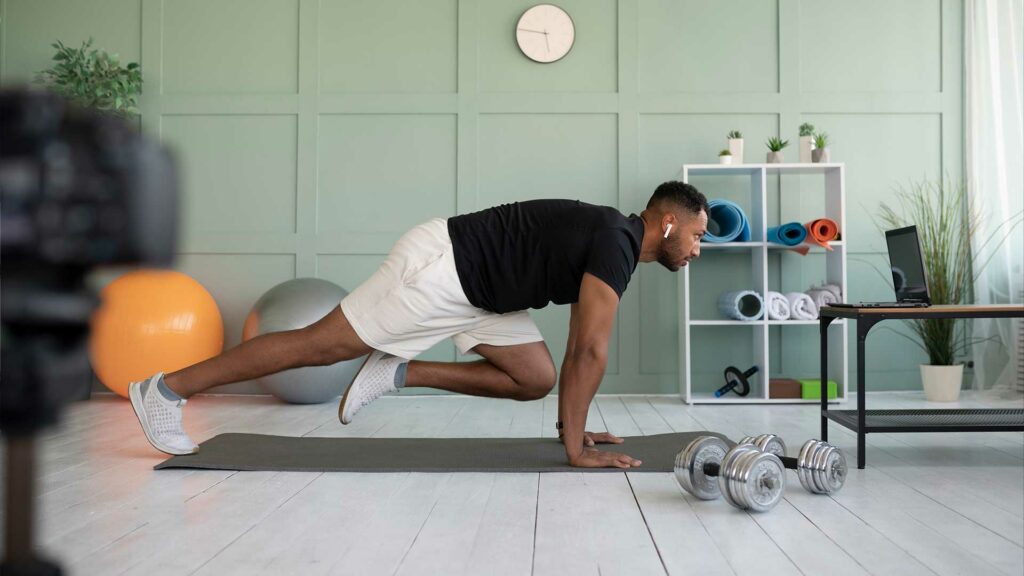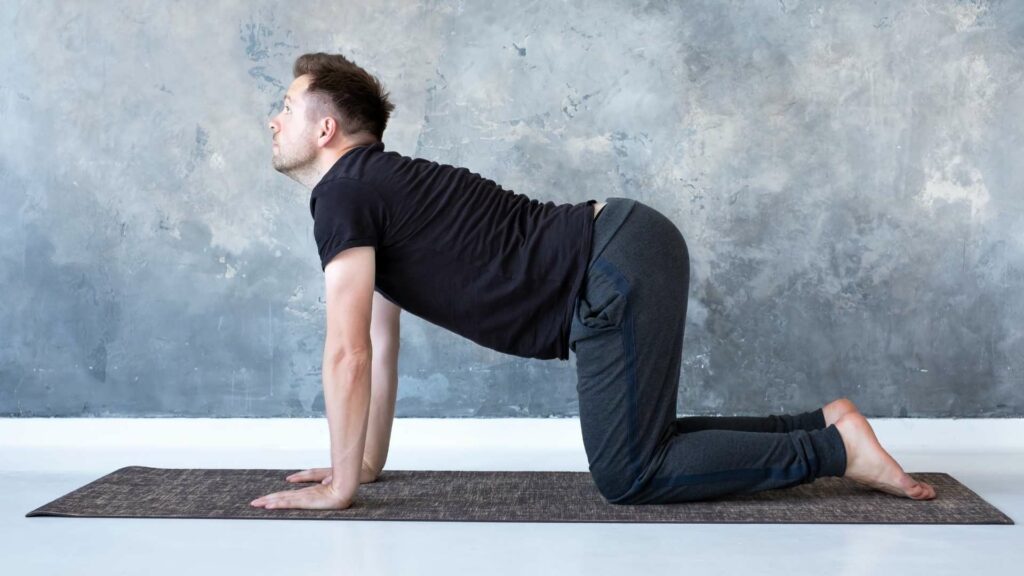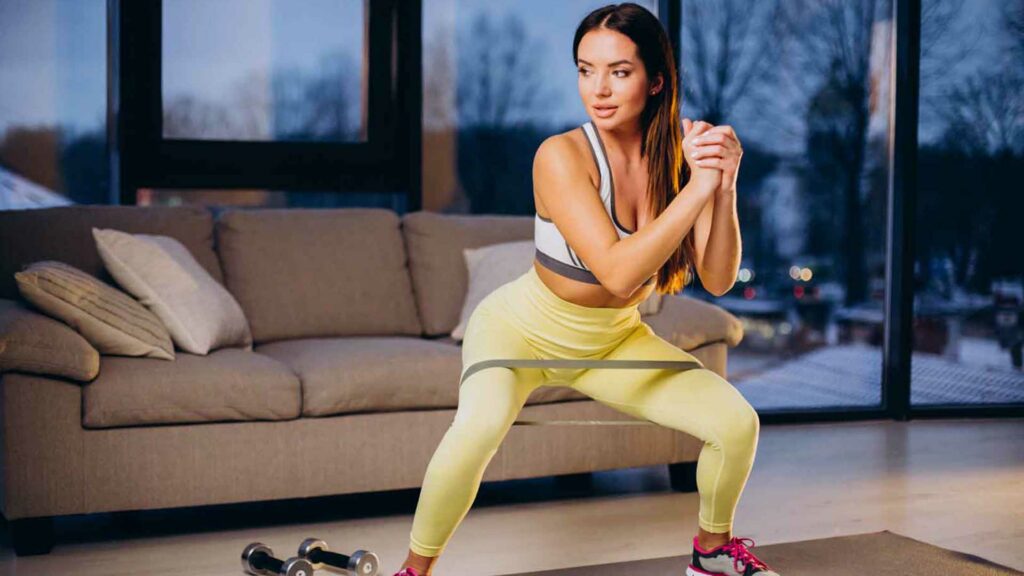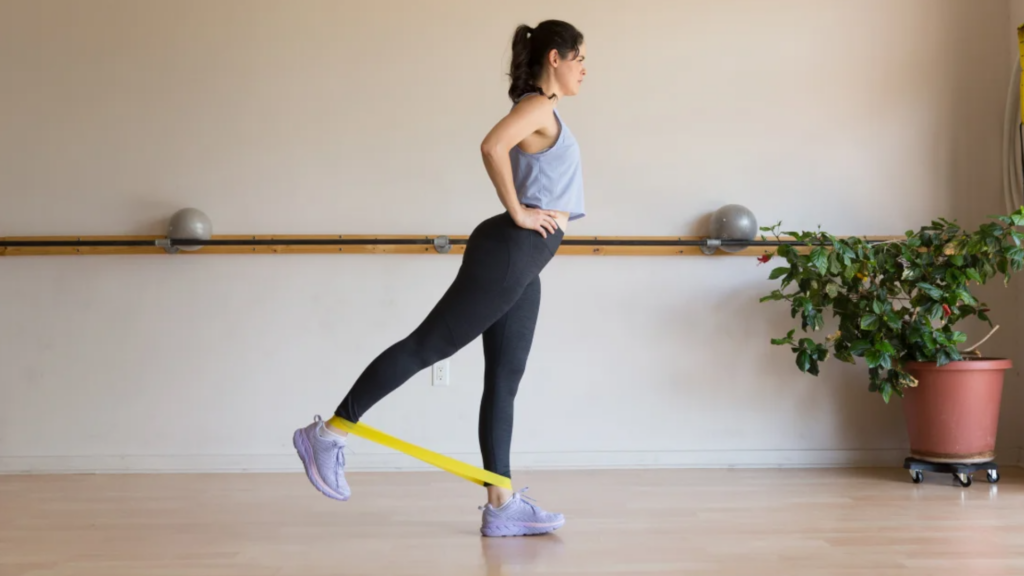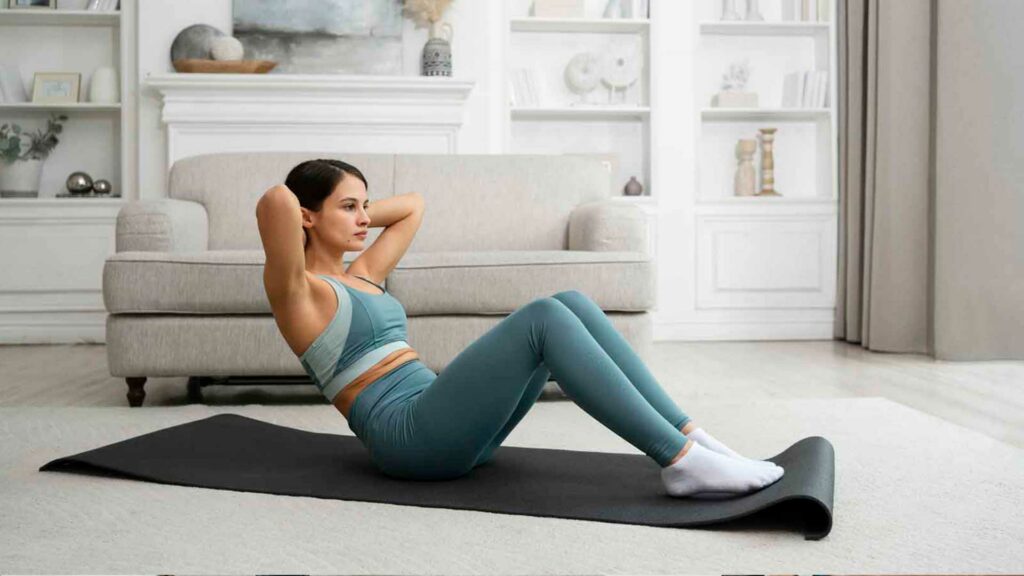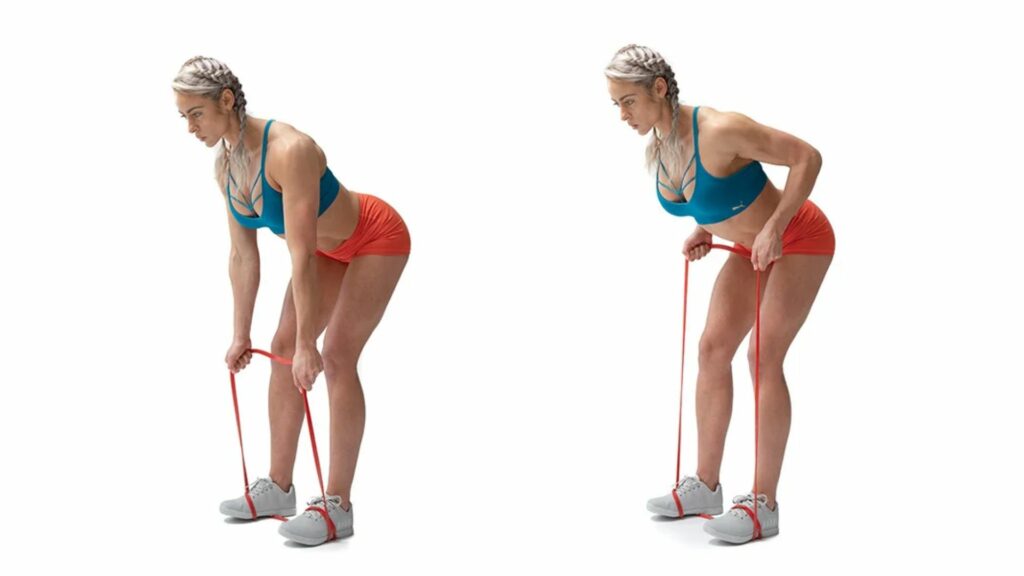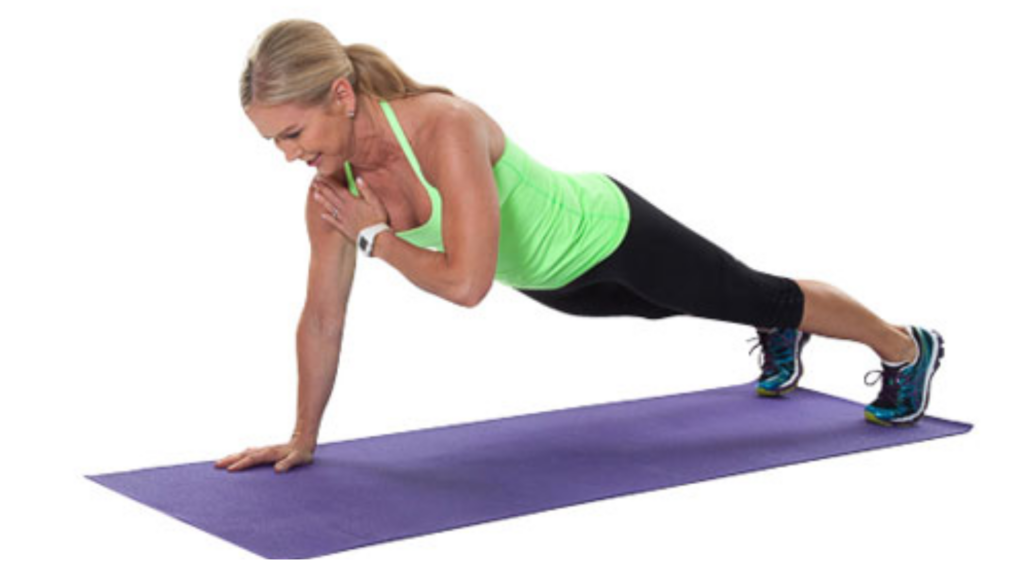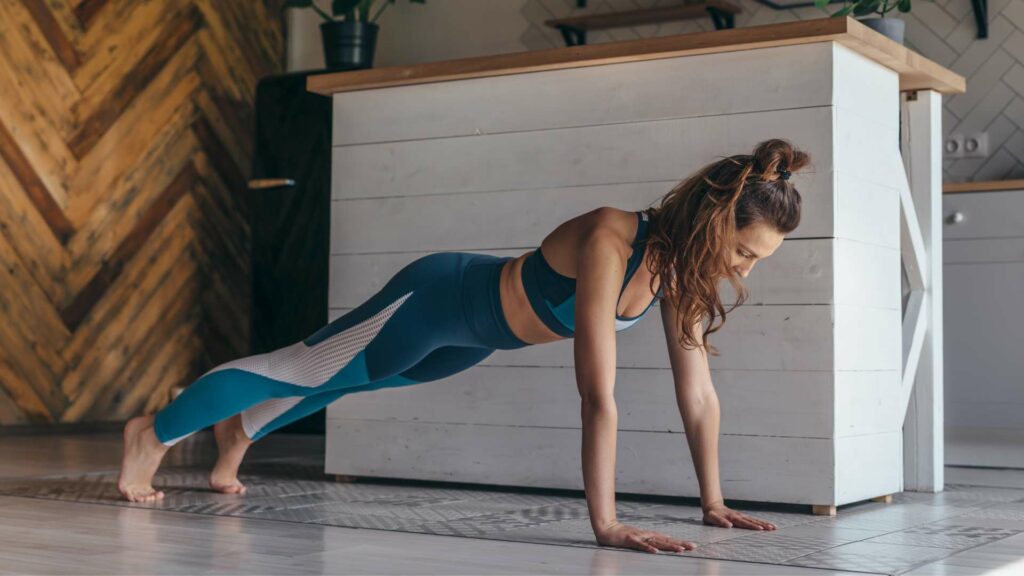Benefits of Upper Body Workouts
Upper body workouts offer a range of physical and mental benefits. Various sources have highlighted these benefits, including Muscle and Fitness, Men’s Health.
Physical Benefits
1. Increased Muscle Mass
Upper body workouts can help build muscle mass and strength. You can achieve a more toned and defined physique by targeting specific muscle groups in your upper body. According to BarBend, “the best way to build muscle is to target specific muscle groups with specific exercises.”
2. Improved Posture
Upper body workouts can improve your posture by strengthening your back and shoulders muscles. This can help prevent back pain and other posture-related issues. As noted by Men’s Health, “Good posture is important for overall health as well as for lifting weights safely and effectively.”
3. Enhanced Performance
Upper body workouts can improve physical performance by increasing strength and endurance. This can be especially beneficial for athletes who need to perform at a high level. According to Muscle and Fitness, “Developing a strong and functional upper body is essential for athletic performance.”
Mental Benefits
1. Reduced Stress
Exercise, in general, can help reduce stress and improve mood. Upper body workouts, in particular, can be a great way to release tension and improve overall mental well-being.
2. Increased Confidence
Building strength and muscle mass through upper body workouts can help boost self-confidence and self-esteem. This can positively impact other areas of your life, such as your career and relationships. As mentioned by BarBend, “Improving your upper body strength can lead to a more confident you.”
The Science of Muscle Growth
Muscle growth occurs when the muscle fibers in your body are broken down and then repaired through a process called hypertrophy. Various factors, including volume, frequency, and progressive overload influence this process. This section will discuss the science behind muscle growth and how it applies to upper body workouts.
1. Volume and Frequency
Volume and frequency are two of the most important factors when it comes to muscle growth. Volume refers to the total amount of work performed in a workout, including the number of sets, reps, and weight lifted. Frequency refers to how often you perform a specific exercise or workout.
According to Men’s Health, “Increasing volume by adding more sets, reps, or weight is crucial to building muscle.” However, it’s important to find the right balance between volume and frequency. Too much volume without enough rest can lead to overtraining and injury.
2. Progressive Overload
Progressive overload refers to gradually increasing the demands placed on your muscles over time. This can be achieved by increasing the weight lifted, the number of reps, or the number of sets performed.
As noted by BarBend, “Progressive overload is essential for muscle growth.” By gradually increasing the intensity of your workouts, you can continue to challenge your muscles and promote hypertrophy.
Applying the Science to Upper Body Workouts
It’s important to focus on volume, frequency, and progressive overload to apply the science of muscle growth to your upper body workouts. This can be achieved by:
- Incorporating compound exercises that target multiple muscle groups
- Increasing the weight lifted over time
- Varying your rep ranges and number of sets
- Allowing for adequate rest and recovery between workouts
By understanding the science behind muscle growth and applying it to your upper body workouts, you can achieve better results and make the most of your time in the gym.
Upper Body Workout Exercises with Merlin
It looks like you’ve got a great upper body workout routine in mind!
Incorporating AI real-time feedback, customizable workouts, progress tracking, voice feedback, and multilingual support with Merlin sounds like a fantastic way to enhance your fitness routine. Here’s a breakdown of the exercises you’ve listed:
- Push-Ups:
- Start in a high plank position with your hands placed slightly wider than shoulder-width apart.
- Lower your body towards the ground by bending your elbows while keeping your body in a straight line.
- Push back up to the starting position.
- Triceps Kickback:
- Hold a dumbbell in one hand and position yourself in a bent-over position, with the opposite knee and hand on a bench for support.
- Keeping your upper arm close to your body, extend your forearm behind you by straightening your elbow.
- Slowly lower the dumbbell back to the starting position.
- Band Lateral Side Stretch:
- Attach a resistance band to a sturdy anchor point at waist height.
- Hold the band with one hand and stand sideways to the anchor point.
- Keep your arm straight and slowly pull the band away from the anchor point, feeling a stretch on the side of your body.
- Return to the starting position and switch sides.
- Biceps Curls:
- Hold a dumbbell in each hand with your palms facing forward and your arms fully extended.
- Keeping your upper arms stationary, curl the weights while contracting your biceps.
- Lower the dumbbells back down to the starting position in a controlled manner.
- Mountain Climbers:
- Start in a high plank position with your hands placed directly under your shoulders.
- Alternate bringing your knees towards your chest in a running motion.
- Maintain a strong core and engage your upper body to stabilize yourself throughout the movement.
These exercises target different muscles in your upper body, including your chest, triceps, biceps, and shoulders. Remember to warm up before starting your workout and cool down afterward.
Merlin provides real-time feedback and customization options, you can tailor the workout to your fitness level and goals. It’s also important to maintain proper form to prevent injuries.
Tips for Successful Upper Body Workouts
To get the most out of your upper body workouts, it’s important to follow some key tips and strategies. In this section, we will discuss some tips for a successful upper body workout.
1. Warm-Up
A proper warm-up is essential before any workout to prevent injury and prepare your body for the exercises ahead. As noted by Men’s Health, a good upper body warm-up should include exercises such as rowing, press-ups, and planks.
2.Proper Form
Proper form is crucial when it comes to upper body exercises. Using correct form can help prevent injury and ensure that you are targeting the intended muscle groups. As mentioned by BarBend, “Proper form is key for both performance and injury prevention.”
3. Rest and Recovery
Rest and recovery are just as important as the workout itself. It’s important to allow your muscles time to recover and repair between workouts. As noted by Marathon Handbook, “Rest and recovery are essential for muscle growth and repair.”
4.Nutrition
Proper nutrition is essential for building muscle and achieving your fitness goals. It’s important to fuel your body with the nutrients it needs to support muscle growth and recovery. As mentioned by Muscle and Fitness, “Eating a well-balanced diet with enough protein, carbohydrates, and healthy fats is essential for building muscle.”
5. Progression
Progression is key to achieving continued growth and improvement. It’s essential to track your progress and gradually increase the demands placed on your muscles over time. This can be achieved by increasing the weight lifted, the number of reps, or the number of sets performed.
By following these tips and strategies, you can ensure a successful and effective upper body workout.
Upper Body Workouts for Beginners
If you’re new to working out, starting with exercises appropriate for your fitness level is essential. Merlin Fit app will help you develop a program for upper body workouts, including real-timehttps://merlinfit.comhttps://merlinfit.com/download-app/ feedback on form and posture to help you improve more efficiently. A good upper body workout for beginners should include the following exercises:
- Push-Ups
- Dumbbell Rows
- Shoulder Press
- Tricep Extensions
- Bicep Curls
Performing 2-3 sets of each exercise with an appropriate weight can help you build strength and muscle mass over time.
Tips for Success
Regardless of your fitness level, several tips can help you succeed with your upper body workouts. The best upper body workouts include:
- Starting with a proper warm-up
- Using proper form and technique
- Allowing for adequate rest and recovery between workouts
- Tracking your progress and gradually increasing the demands placed on your muscles over time
- Eating a well-balanced diet to support muscle growth and recovery
By following these tips and incorporating the appropriate exercises and routines into your upper body workouts, you can achieve your fitness goals and build a stronger, more powerful upper body.
Start Building Your Upper Body Today
In conclusion, building a strong and powerful upper body requires a combination of the right exercises, proper form, rest and recovery, and nutrition.
By following the tips and strategies outlined in this article and incorporating the appropriate exercises into your workout routine, you can achieve your fitness goals and build the upper body you’ve always wanted.
If you’re looking for more great fitness and workout content, be sure to check out Merlin Fit. Our website offers a wide range of resources and information to help you achieve your fitness goals and live a healthier, happier life.
Answers To Common Questions
Who can benefit from the ultimate upper body workouts?
Anyone can benefit from upper body workouts, regardless of fitness level.
What are some exercises included in the ultimate upper body workouts?
The ultimate upper body workouts include exercises such as push-ups, rows, and shoulder press.
How often should I do upper body workouts?
It’s recommended to do upper body workouts 2-3 times per week, with rest days in between.
What if I don’t have access to gym equipment for my upper body workouts?
Bodyweight exercises such as push-ups, dips, and pull-ups can be effective for building upper body strength without equipment.
How can I prevent injury during my upper body workouts?
Using proper form and technique, warming up before workouts, and allowing for adequate rest and recovery can help prevent injury.
What if I’m not seeing results from my upper body workouts?
It’s important to track progress and gradually increase the demands placed on your muscles over time to continue seeing results.

